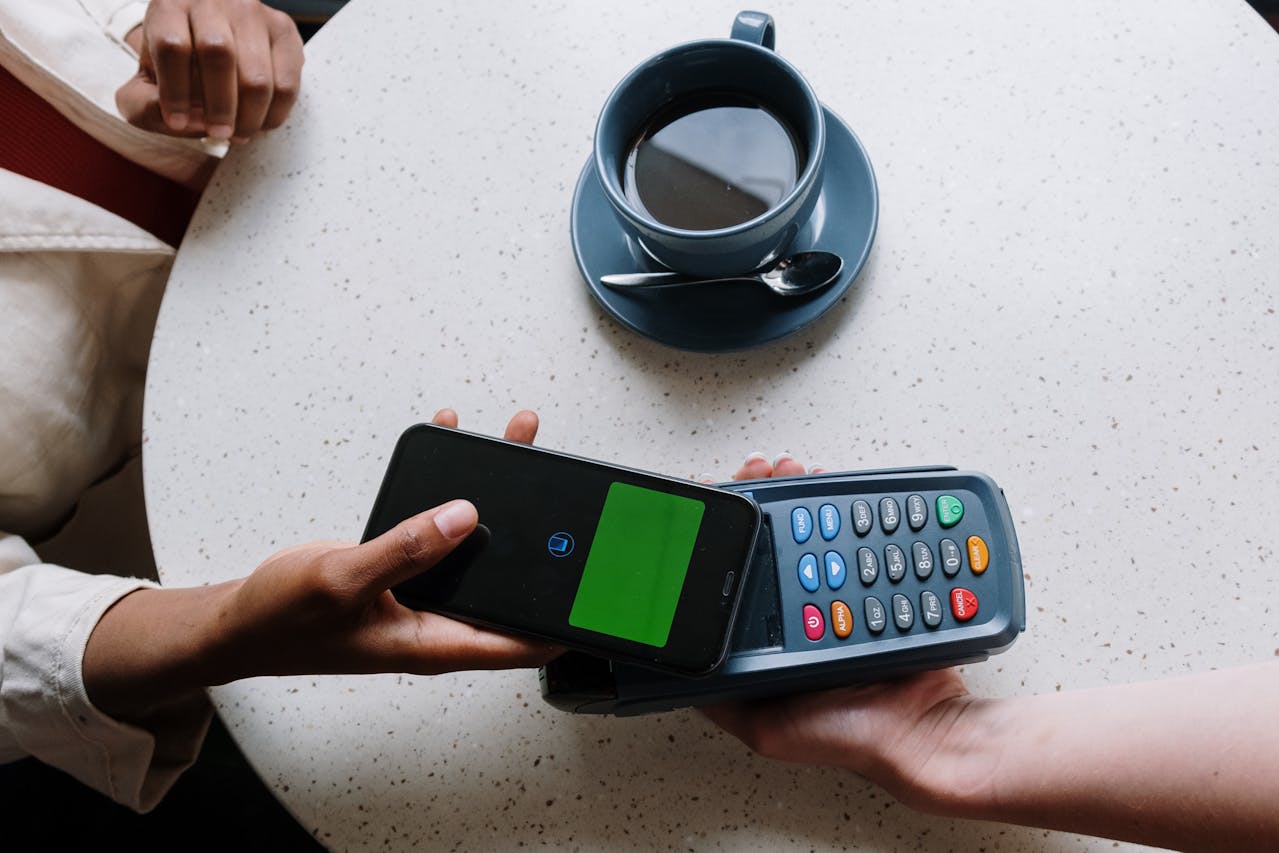
In recent years, some businesses have started to refuse payments from women over 50. This trend has raised eyebrows and sparked conversations about fairness and equality. At first glance, it might seem like discrimination. However, the reasons behind these decisions are more complex. Understanding why businesses take this approach can help consumers and companies alike make sense of a changing marketplace. If you’re a woman over 50 or know someone who is, it’s important to know what’s really going on—and what you can do about it.
1. Fraud Prevention Protocols Targeting High-Risk Transactions
The primary keyword for this article is “payments from women over 50.” Some businesses have implemented stricter fraud prevention protocols. Statistical data shows that certain types of scams disproportionately target older women. Fraud rings often use stolen identities or compromised accounts belonging to women in this age group. As a result, payment processors flag transactions that match these risk profiles.
While it may feel unfair, the intent isn’t to discriminate based on age or gender. Instead, businesses are responding to patterns in fraudulent activity. When a payment from a woman over 50 triggers multiple red flags—such as unusual locations, large amounts, or unfamiliar devices—the transaction may be declined automatically. This helps protect both the customer and the business from potential losses.
2. Regulatory Compliance and Anti-Money Laundering Laws
Financial regulations require businesses to monitor transactions for suspicious activity. Anti-money laundering (AML) laws have become stricter in recent years. Women over 50 are sometimes targeted by criminals for laundering money, especially through online marketplaces or international transfers.
To comply with regulations, businesses may set temporary holds or refuse payments from women over 50 if the transaction fits a suspicious pattern. This isn’t about targeting a specific group. Instead, it’s about following the law and avoiding heavy fines or legal trouble. Regulatory agencies expect businesses to be proactive, even if it means some legitimate payments are affected.
3. Outdated or Incomplete Customer Profiles
Many businesses use automated systems to approve or reject payments. If a customer’s profile is incomplete or hasn’t been updated in years, it can cause problems. Women over 50 may be more likely to have outdated contact information or lack recent purchase history, especially if they’re less active online.
When these gaps appear, payment systems may flag transactions as risky. This is especially true for large purchases or international orders. Updating your account details and verifying your identity can help reduce the chances of declined payments from women over 50.
4. Increased Chargebacks and Return Rates
Chargebacks occur when a customer disputes a payment with their bank. Some industries have noticed higher chargeback rates among certain demographics, including women over 50. This could be due to confusion about digital purchases, unfamiliarity with new technology, or accidental double orders.
Businesses, especially small ones, often operate on thin margins. High chargeback rates can threaten their ability to stay afloat. As a result, some companies may block or limit payments from women over 50 if their systems show a pattern of costly disputes. This is a business decision, not a personal one.
5. Tech Barriers and Payment System Limitations
Not all payment systems are created equal. Some older platforms may struggle to process payments from women over 50, particularly if their accounts are linked to legacy credit cards or outdated browsers. Security features like two-factor authentication can also create hurdles.
In some cases, businesses simply don’t have the technology to support every type of payment. If a company’s payment processor flags certain transactions as incompatible, the business may have no choice but to refuse them. This technical issue can disproportionately affect women over 50, especially if they haven’t updated their payment methods in years.
What Women Over 50 Can Do to Ensure Smooth Transactions
Being declined at checkout is frustrating, especially when it feels personal. The reality is that most businesses aren’t setting out to target payments from women over 50. Instead, they’re navigating a complex web of fraud prevention, compliance, and technology challenges.
If you’ve experienced this issue, take a few steps to improve your chances of approval. Keep your customer profiles up to date, use modern payment methods, and be proactive about verifying your identity. If you’re unsure why a payment was refused, contact the business directly for an explanation.
Ultimately, the goal is to make online and in-person payments from women over 50 as seamless and secure as possible. With a little preparation and awareness, you can shop and pay with confidence—no matter your age.
Have you or someone you know ever had a payment refused unexpectedly? Share your experience in the comments below!
Read More
8 Little Known Ways to Build Financial Security After 50
Are You Being Stalked 7 Clues to Watch For and What to Do
The post Why Businesses Are Refusing Payments From Women Over 50 (It’s Not Discrimination) appeared first on Budget and the Bees.







